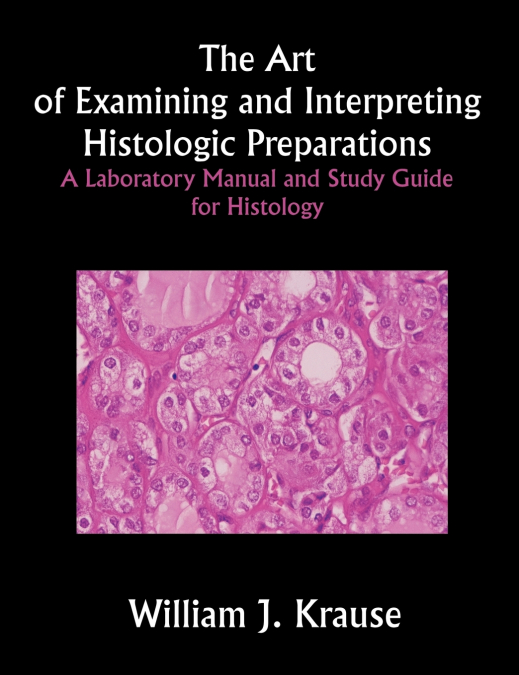
William J. Krause / William JKrause
 Librería Perelló (Valencia)
Librería Perelló (Valencia)
 Librería Aciertas (Toledo)
Librería Aciertas (Toledo)
 El AlmaZen del Alquimista (Sevilla)
El AlmaZen del Alquimista (Sevilla)
 Librería Elías (Asturias)
Librería Elías (Asturias)
 Librería Kolima (Madrid)
Librería Kolima (Madrid)
 Donde los libros
Donde los libros
 Librería Proteo (Málaga)
Librería Proteo (Málaga)
The examination and interpretation of tissue sections seen under the light microscope in a laboratory setting is an example of student-directed, independent problem solving. The proper reading of a histologic section is an acquired art that can only be developed through practice, close observation and repetition. This laboratory manual was designed as a guide for students to aid them in this endeavor. The laboratory study guide/manual was designed to be used as a supplement to any current textbook and/or atlas of Histology. Learning objectives provide the overall goals for each chapter. The narrative of the study guide explains how to systematically breakdown, examine and interpret each tissue and/or organ encountered, without regard to a given histologic slide from a specific slide collection. Thus, this systematic method can be used to examine and interpret histologic preparations from any collection or of any species. The student is encouraged to sketch, label and create a personalized atlas while using this laboratory manual as a guide. The vocabulary that should be developed and used during the laboratory can be found quickly by going to the bold face type in the appropriate segment of the text. Each chapter contains one or more tables in which key structures used in the identification of a tissue/organ are presented, offering the briefest possible summary of important histologic features. As a final short review, an appendix provides summary tables that compare and contrasts the basic differences of several structures that are somewhat similar in general architecture.